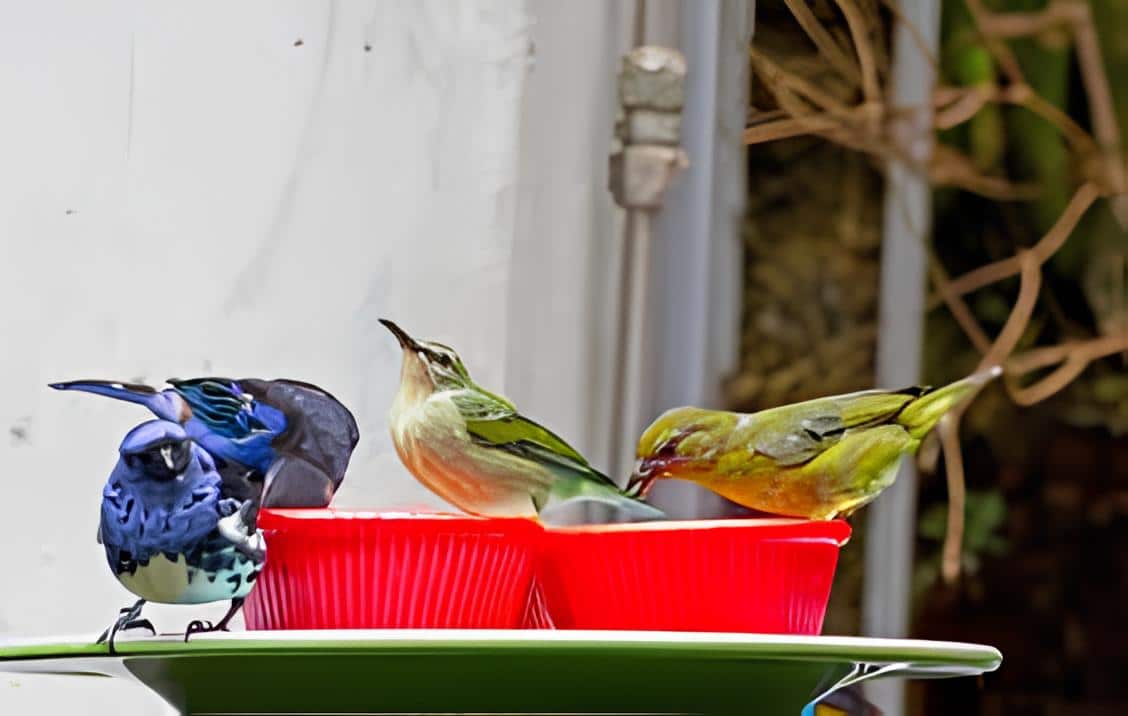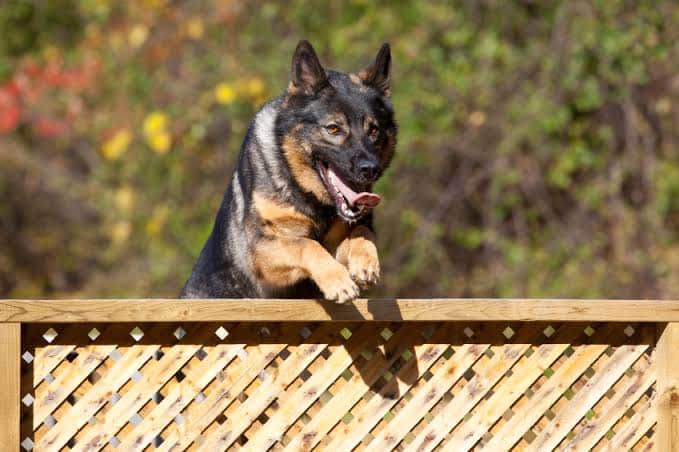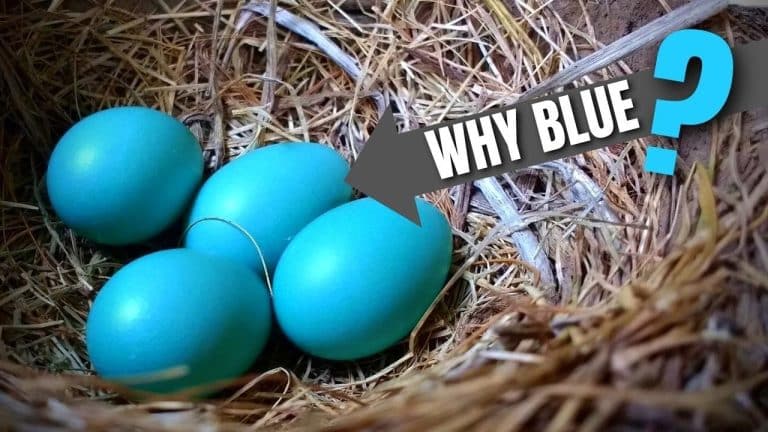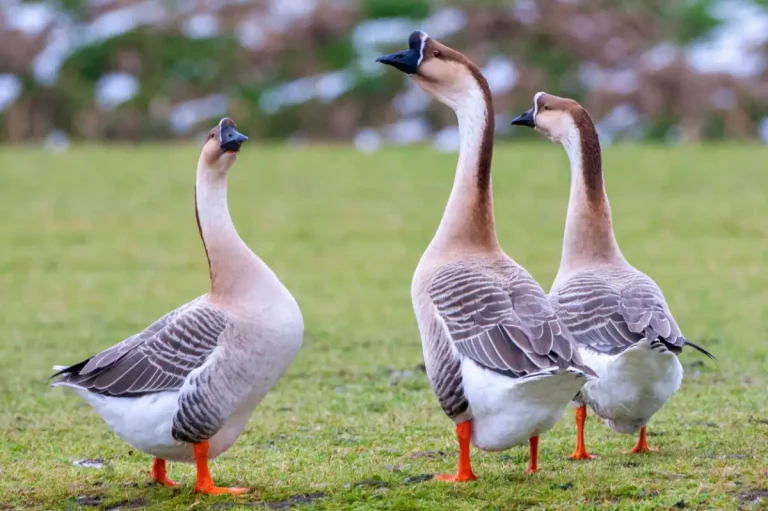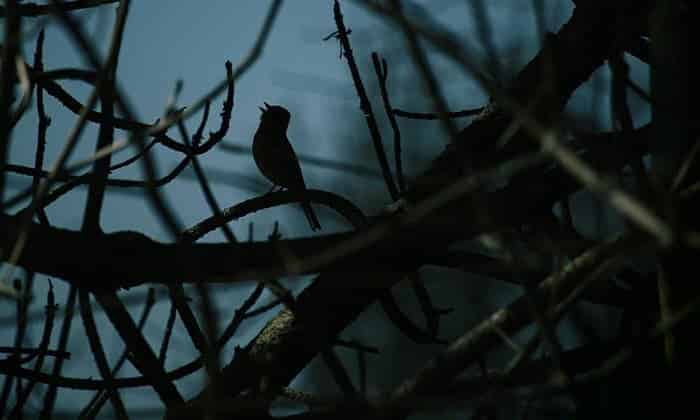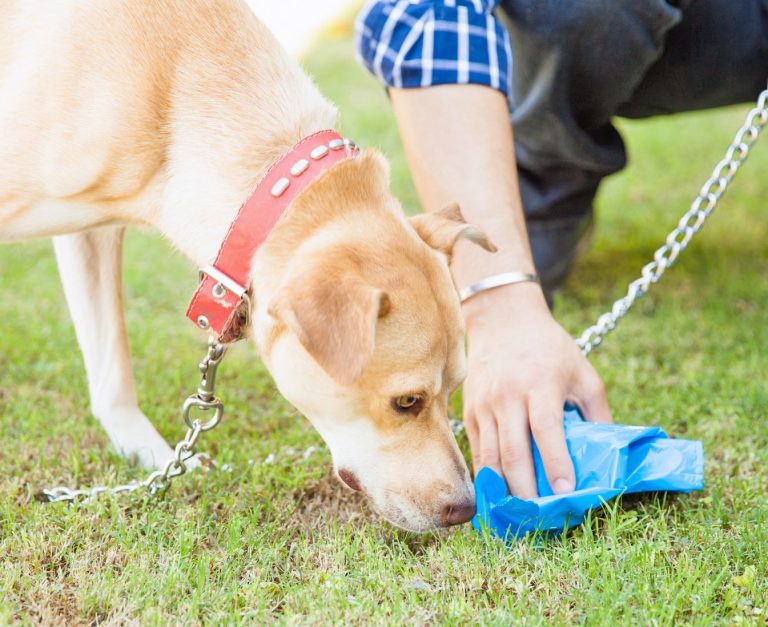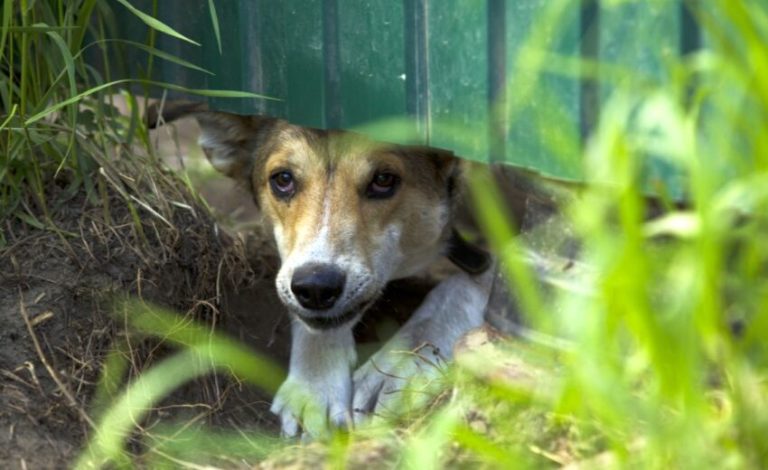How to Keep Birds Away from My Pool
The sense of freedom always resonates with birds. Humans have always enjoyed their bonds with birds, whether it be their pet parrot or the ones they see on their terraces or parks. There are so many people around the globe who are so passionate about birds that they participate in many bird-related events.
From bird feeding to bird watching, all these hobbies will always entertain them. Birds and humans now have such warm relations that birds have become accustomed to living with humans that they rely largely on humans for their daily needs. Sometimes, the dependency can create a lot of problems. This is because birds cause so much noise and clutter from their feathers, and major concern is about their droppings and the mess that they create.
Thus, it is really necessary to know how to keep birds away. We have mentioned all the related information that can give you the answer to how to keep birds away.
Some Easy Ways to Keep Birds Away
There are times when birds can become a nuisance, causing damage to property and crops or creating unsightly messes. If you are dealing with naughty pigeons and want to know how to keep birds away, then don’t worry. We have the solution for you.
Below is the list of 11 easy ways to keep birds away:
1. Scare Tactics
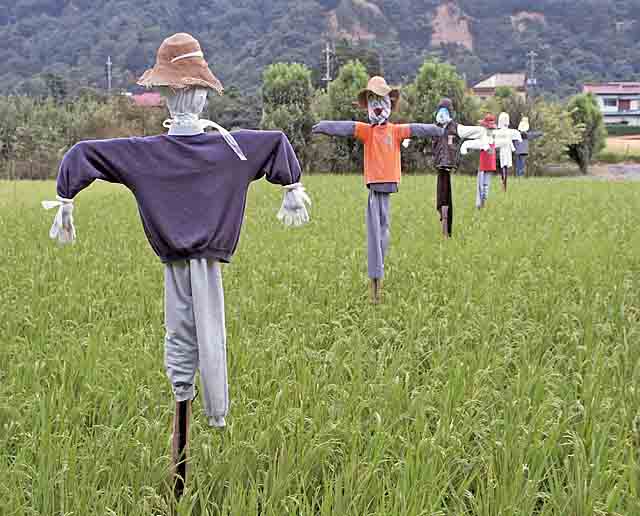
Scare Tactics method to keep birds away from property or crops involves various visual strategies. You can start by placing scarecrows and making them using predatory bird silhouettes or reflective objects like aluminum foil strips.
These tactics exploit the birds’ wariness of potential threats, prompting them to stay away from the protected area. Moreover, scare methods are a humane and effective means of bird control as they discourage birds without causing them harm or resorting to lethal methods.
2. Use Audio to Hush Them Away
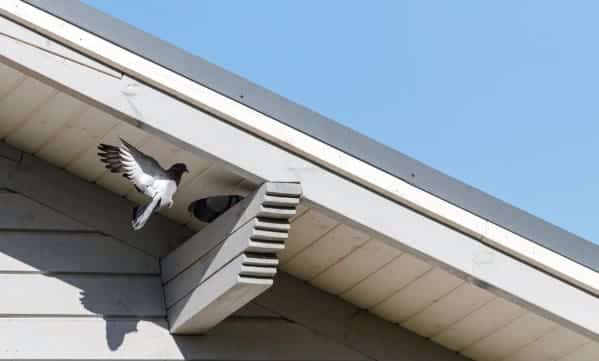
Using Audio to send away birds is a highly effective method for keeping them away from property or crops. You can play distress calls of the specific bird species or the menacing sounds of natural predators; property owners create an atmosphere of danger that encourages birds to seek safety elsewhere.
The continuous presence of such sounds disrupts their comfort, causing them to abandon the area in search of a quieter and safer location. Audio-based deterrence is not only humane but also a convenient and cost-effective approach for safeguarding property and crops from bird damage.
3. Motion-Activated Sprinklers
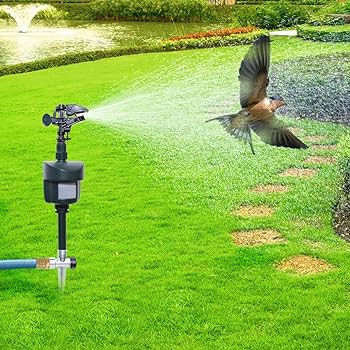
Motion-activated sprinklers provide a clever and environmentally friendly solution for safeguarding property and crops from birds. These devices use sensors to detect the presence of birds or other pests. When movement is detected, it triggers a sudden burst of water, creating a startling and uncomfortable experience for the birds.
This- is a completely safe method to let the birds stay away from your property. This effectively convinces them to steer clear of the protected area. It’s a practical and eco-friendly approach that not only keeps your investments safe but also allows birds to find more suitable habitats without causing them any harm.
4. Netting and Screens
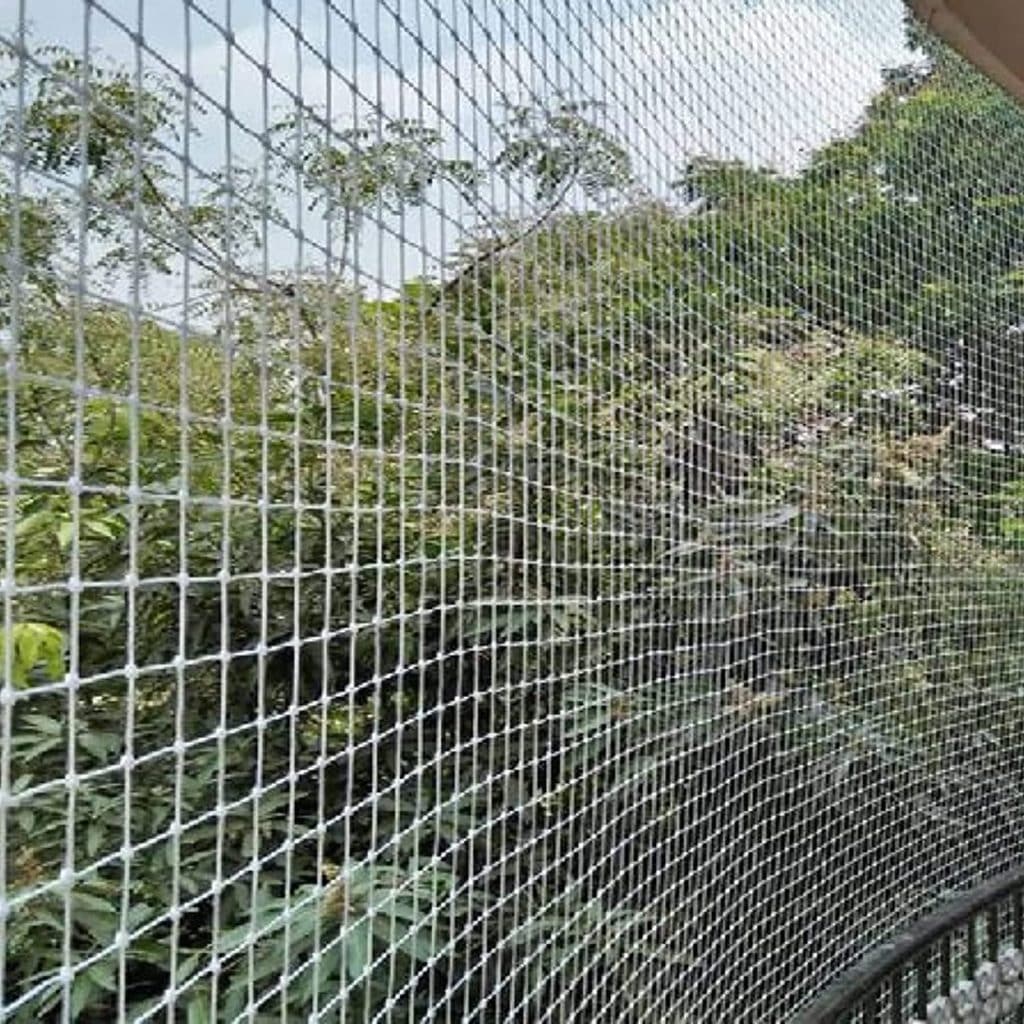
These are some physical barriers that create a formidable shield against birds, preventing them from accessing vulnerable areas. Bird netting, typically made of lightweight and durable materials, is suspended over crops or plants, forming an impenetrable barrier while allowing sunlight, air, and rain to reach the ground.
Screens encase areas like gardens or orchards, creating a solid defense against bird intrusion. Both options provide a humane way to deter birds, as they physically separate the birds from your crops without causing any harm. Netting and screens are valuable tools for farmers and property owners, helping to maintain the integrity of their investments and protect them from birds.
5. Bird Spikes
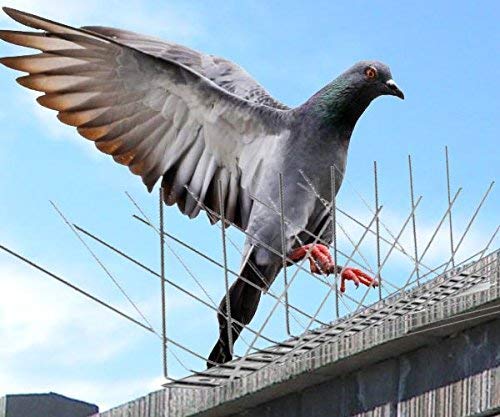
Bird spikes help remove birds from perching or roosting on buildings, ledges, and other surfaces, making them a favored method of protecting property and crops. These discreet devices consist of narrow stips fitted with harmless, pointed protrusions. While they may appear intimidating, bird spikes are designed not to harm the birds but to create an uncomfortable surface.
Birds quickly learn to avoid areas where these spikes are installed, preventing them from causing damage or leaving unsightly messes. Bird spikes are a low-maintenance and highly effective approach to keeping birds at bay.
This offers a long-term solution to property owners looking to safeguard their investments without resorting to harm the birds.
6. Repellent Gel
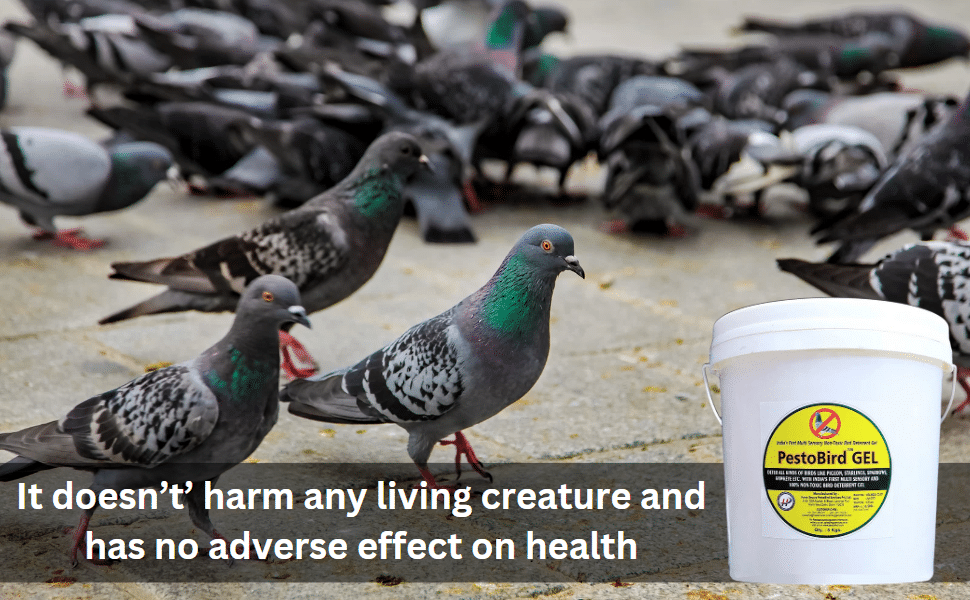
Repellent Gel is a great answer to the query of how to keep birds away. It is a highly effective method to keep birds away as these gels are often made from non-toxic and environment-friendly materials. They are applied to surfaces where birds tend to perch or nest. When birds come into contact with the gel, they find it sticky and uncomfortable, leading them to avoid landing on the gel-applied space.
This method is entirely humane, as it causes no harm to the birds. It is also long-lasting, as the gel remains effective in various weather conditions, making it a low-maintenance solution for keeping birds away.
Repellent gels are particularly useful for protecting structures, signs, and other surfaces where birds might cause damage or create a mess.
7. Wind Chimes
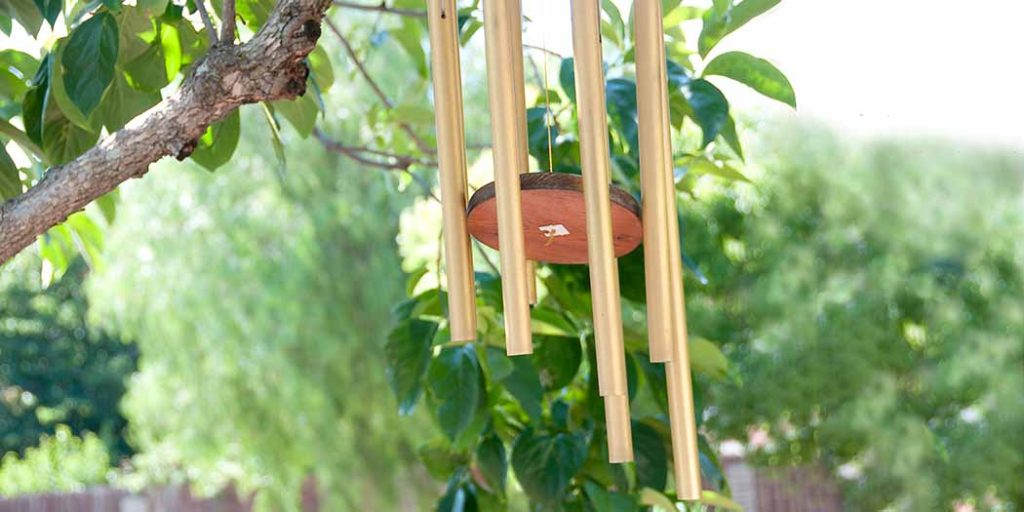
Wind Chimes are a decorative item mainly appreciated for their pleasant sounds in the breeze. However, it can also serve as an effective method to avoid birds from property or crops. The gentle, tinkling sounds produced by wind chimes create a subtly unsettling environment for birds. These noises disrupt their sense of peace and safety, making them less likely to settle in peace.
As birds rely heavily on their auditory senses, the unexpected sounds from wind chimes can be a persuasive avoidance method. This also encourages birds to find a quieter and more undisturbed location.
Wind chimes offer a non-invasive, eco-friendly, and aesthetically pleasing solution for property owners looking to restrict the presence of birds without causing harm or choosing any aggressive measures.
8. Ultrasonic Devices
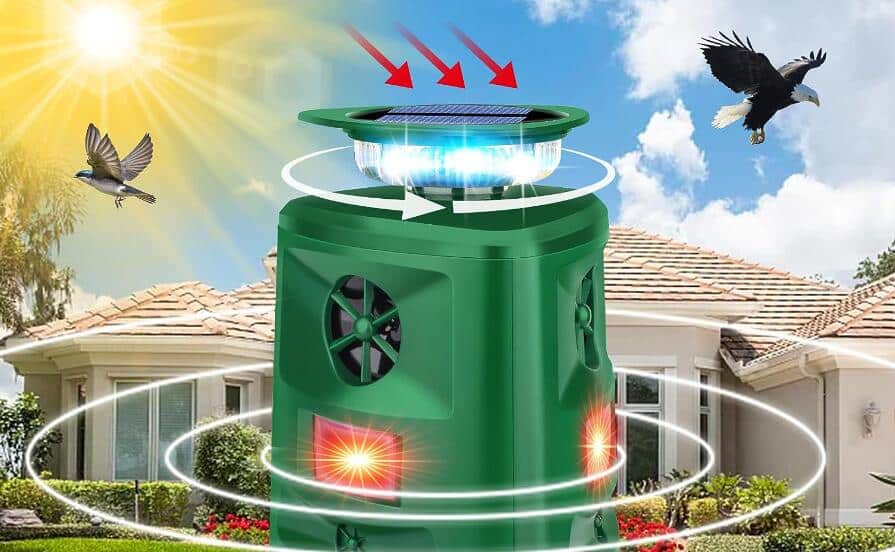
Ultrasonic Devices have become a modern and innovative method for not allowing birds in our space. Moreover, these devices emit high-frequency sound waves that are inaudible to humans but disruptive and discomforting to birds. The unpleasant noise effectively discourages birds from coming to the restricted spaces.
Ultrasonic devices are safe and humane, posing no physical harm to the birds. They are particularly useful for indoor spaces, such as warehouses or barns, as they create an inhospitable environment without visual or physical barriers.
9. Spices and Herbs

Spices and Herbs can be employed as a natural and chemical-free method to deter birds from property or crops. Birds have a keen sense of smell, and certain spices and herbs, such as cayenne pepper, chili flakes, or peppermint oil, emit scents that birds find unpleasant.
By sprinkling these aromatic substances in and around problem areas, property owners can create a fragrance barrier that makes the vicinity unappealing to birds. This non-harmful method respects the birds’s health while protecting property and crops. Mainly, spices and herbs are easily available.
10. Visually Striking Objects
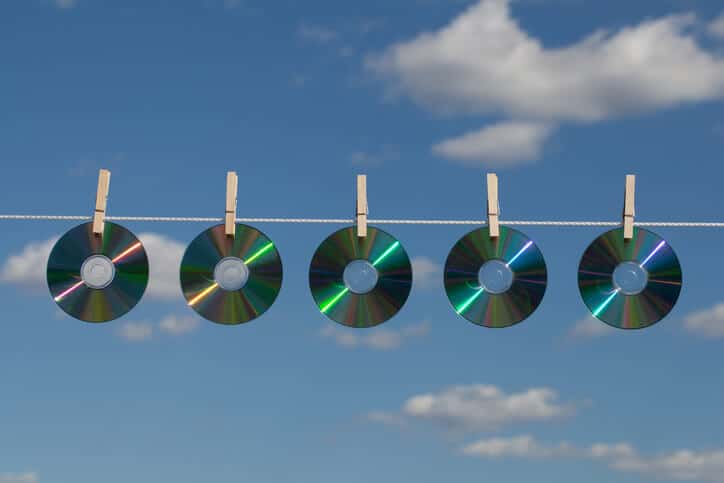
Bright and reflective items like aluminum foil strips, old CDs, or Mylar balloons are strategically placed near problem areas to create a visually disruptive bird environment. Birds are naturally wary of unfamiliar and shimmering objects, which make them feel unsafe.
As a result, they are discouraged from landing, perching, or foraging in these locations. This non-harmful approach not only safeguards property and crops but also adds a creative and dynamic element to the landscape.
11. Cleanliness and Food Storage
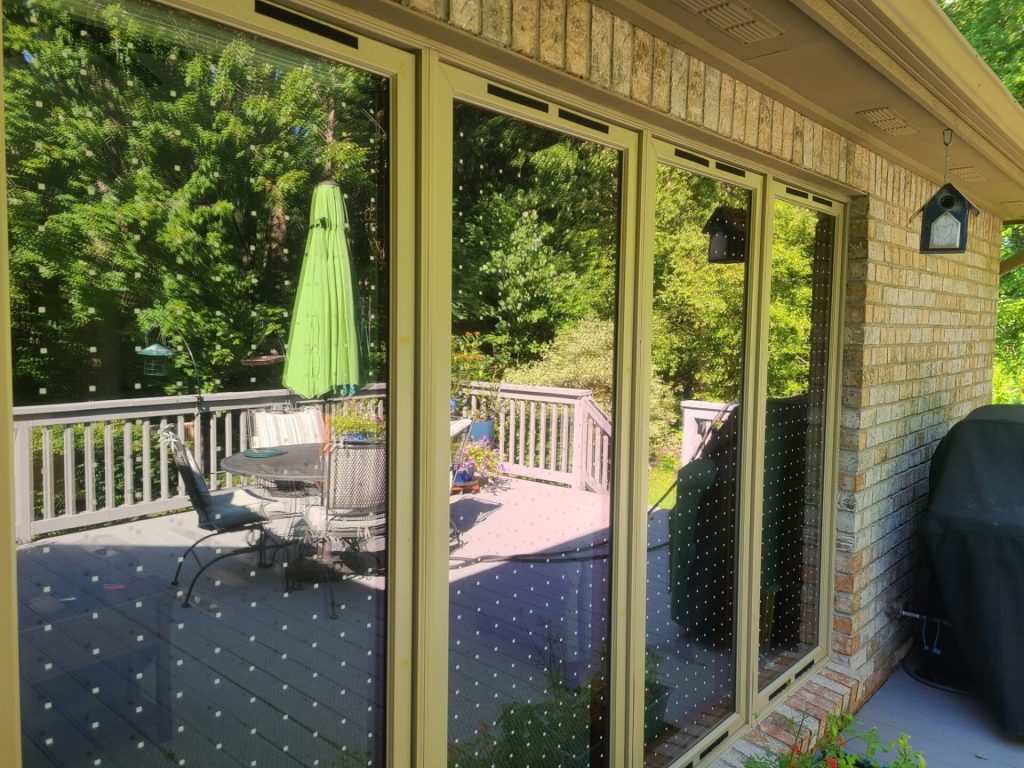
Maintaining cleanliness and proper food storage practices is a fundamental and proactive method for keeping birds away from property or crops. Birds are often drawn to areas where they can easily access food sources, such as spilled grains, open trash bins, or unprotected bird feeders.
By securing trash cans, eliminating food debris, and keeping bird feeders well-maintained and inaccessible to other wildlife, property owners can reduce the attraction of these food sources for birds. This method prevents birds from causing damage or creating messes in the area.
These are some common and effective methods that you can use to keep the birds away. All these methods are easy and safe for humans and birds.
What Kinds of Birds Flock to Porches
Birdwatching from your porch can be a delightful and peaceful pastime, allowing you to deserve the colorful and often melodious visitors to your property up close. Depending on where you live and the environment surrounding your home.
Below, we have mentioned some common types of birds that flock to porches and provide tips on attracting them.
1. Sparrows
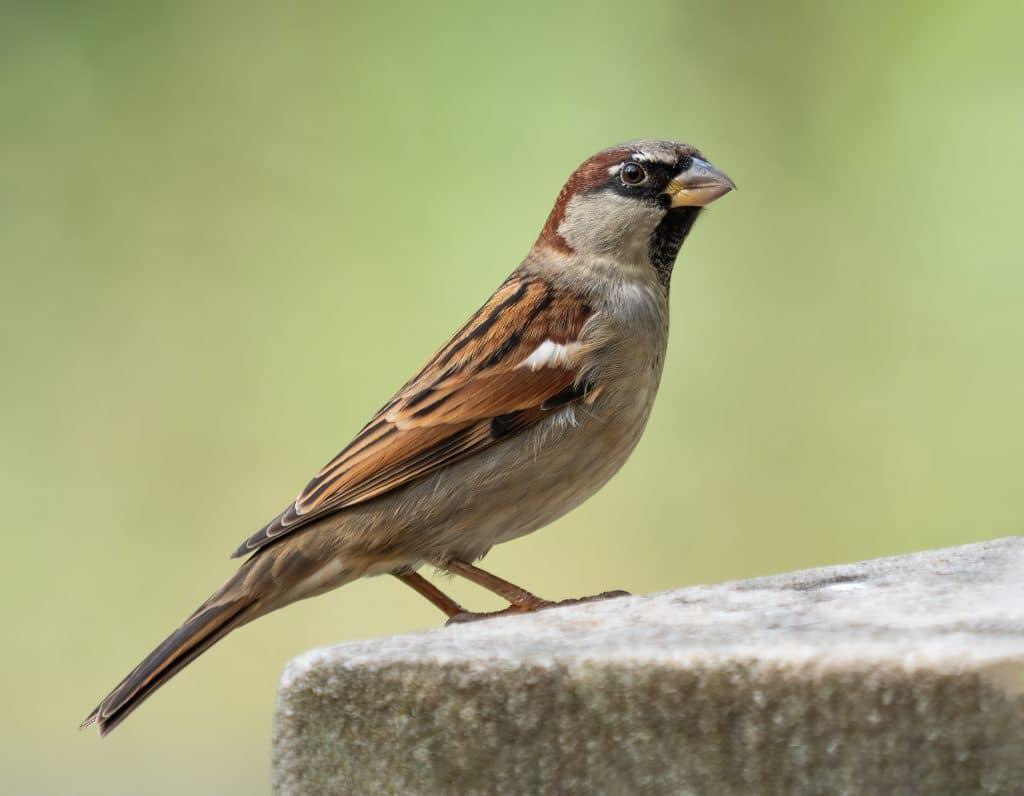
Sparrows are some of the most adaptable birds, making them frequent porch visitors. You’ll likely spot house sparrows, song sparrows, or other regional varieties. These small birds are often attracted to porches due to their proximity to bird feeders or scattered seeds and insects.
Sparrows are cute little birds, but a lot of them can cause quite a lot of hazards for you. However, you use netting to prevent sparrows from coming to your porch.
2. Chickadees
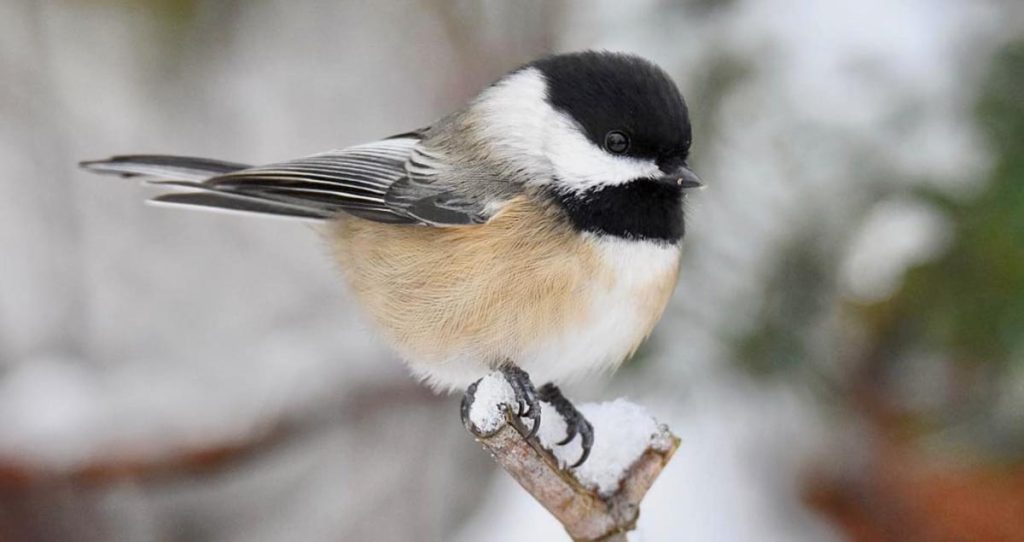
Chickadees are among the most endearing and charismatic porch visitors. These small, lively birds, with their distinctive “chick-a-dee-dee-dee” calls, bring a delightful charm to any birdwatcher’s porch. Chickadees are drawn to porches with hanging feeders filled with sunflower seeds, peanuts, or suet, and their acrobatic antics are so beautiful and joyous to watch.
Moreover, these birds are friendly. Thus, it often leads them to become regular guests, providing a daily dose of entertainment and a sense of wonder for those fortunate enough to host them on their porches.
3. Finches
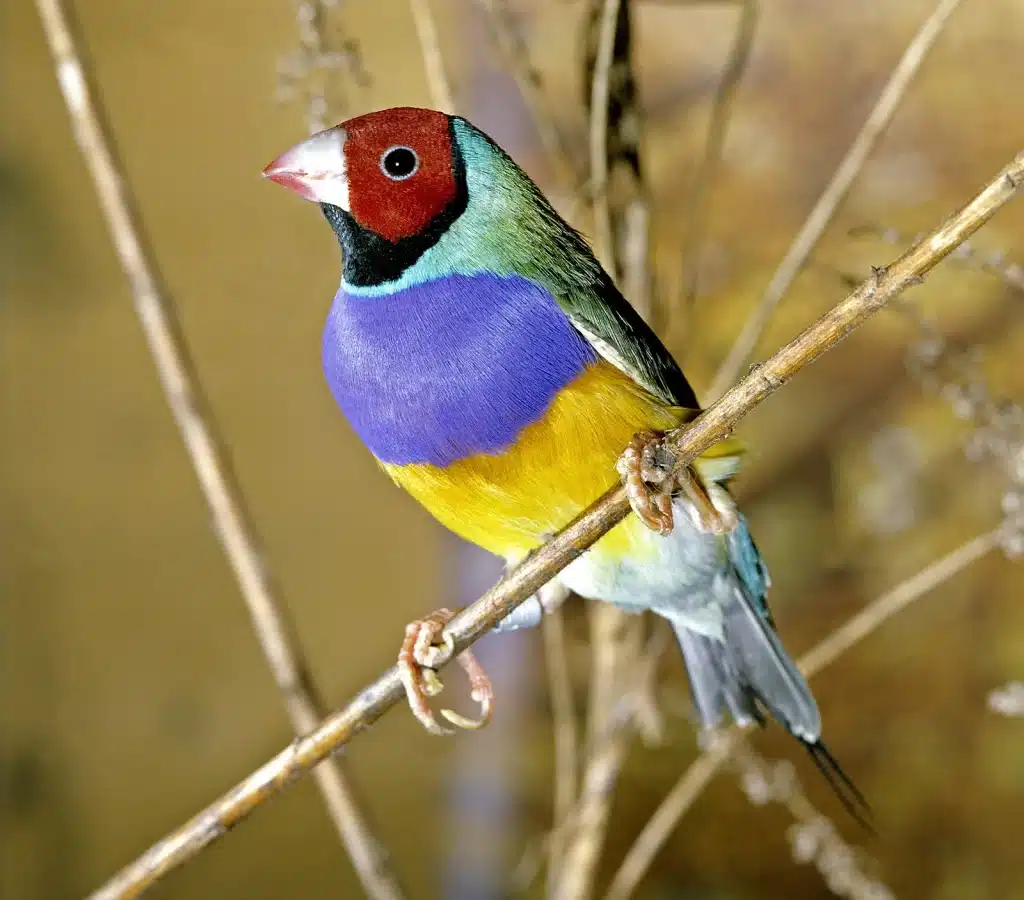
Finches, like goldfinches and house finches, are frequent porch guests, especially in regions where these birds are common. They are particularly attracted to nectar feeders, thistle seed feeders, and sunflower seeds.
Their vibrant plumage can add a burst of color to your porch. Their cheerful presence and lively chatter are a true pleasure for birdwatchers, and their dainty and agile nature as they hop around the feeders is a joy to watch.
4. Blue Jays
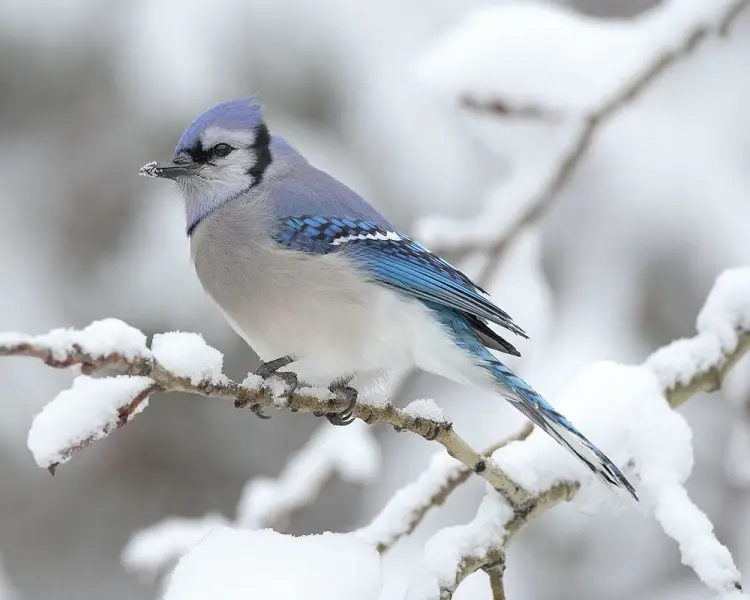
Blue jays, with their striking blue feathers and distinctive calls, are not only eye-pleasing but also an exciting addition to a porch for any birdwatchers. These intelligent and bold birds are drawn to porches with feeders stocked with nuts, corn, and seeds. At the same time, their noisy nature can be a bit rough.
Moreover, their charismatic personalities and striking blue plumage make them exciting and memorable porch visitors. Blue Jays are known for their assertive behavior, often acting as sentinels to warn other birds of potential danger, adding a layer of excitement to your porch as they interact with other birds.
5. Cardinals
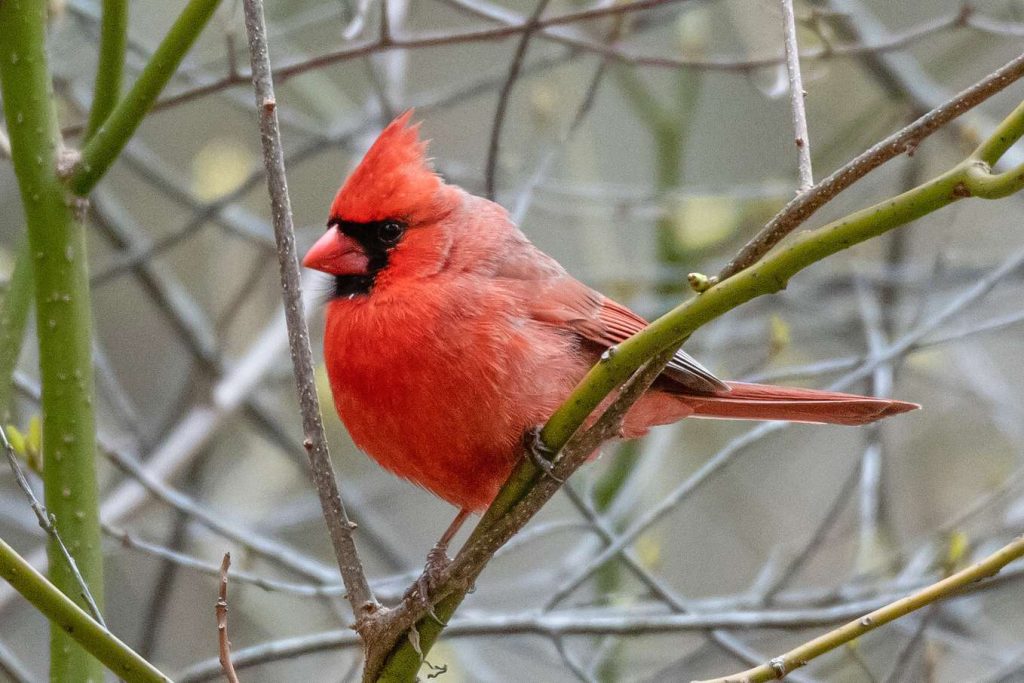
Cardinals are among the most iconic and easily recognizable porch visitors, known for their brilliant red plumage. Their presence on your porch can be a true delight for birdwatchers. Cardinals are attracted to porches with sunflower seed feeders and are known for their distinctive calls, which often fill the air with their sweet tunes.
The striking contrast of their vibrant red against the backdrop of your porch makes them an eye-catching addition. Cardinals, both males and females, are frequent visitors, providing elegance and a delightful musical soundtrack to your outdoor space, making them a cherished sight for anyone who loves these beautiful birds.
6. Mourning Doves
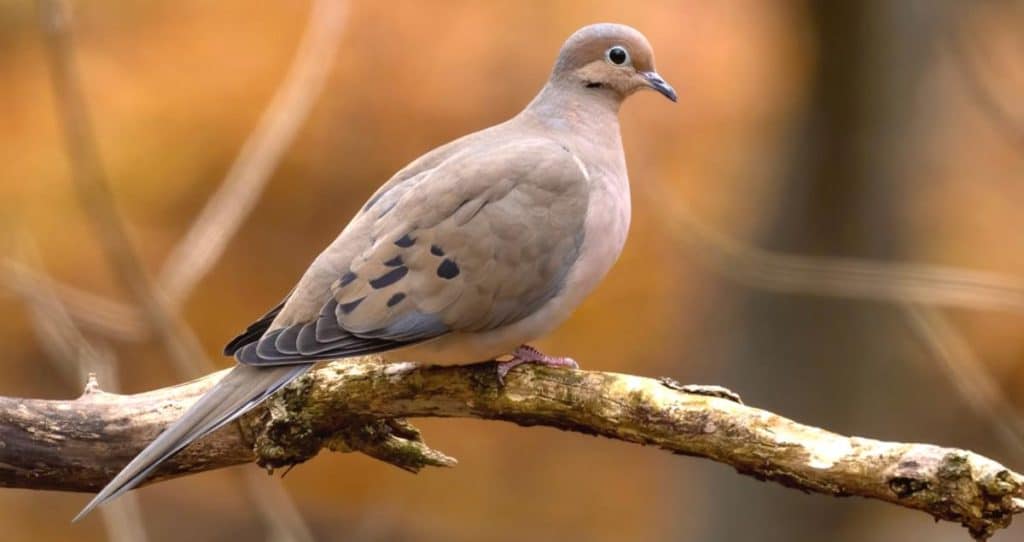
Mourning doves, with their gentle and graceful demeanor, are a common and peaceful presence on many porches. These birds are often attracted to porches with ground-level feeders or areas with scattered seeds, where they can forage for their meals.
Mourning doves are recognized by their soft cooing calls, which can create a soothing and tranquil ambiance, making them a cherished sight for bird enthusiasts. Their subtle beauty and serene presence offer a sense of calm and harmony to your porch, adding a touch of nature’s magic to your outdoor experience.
7. Robins
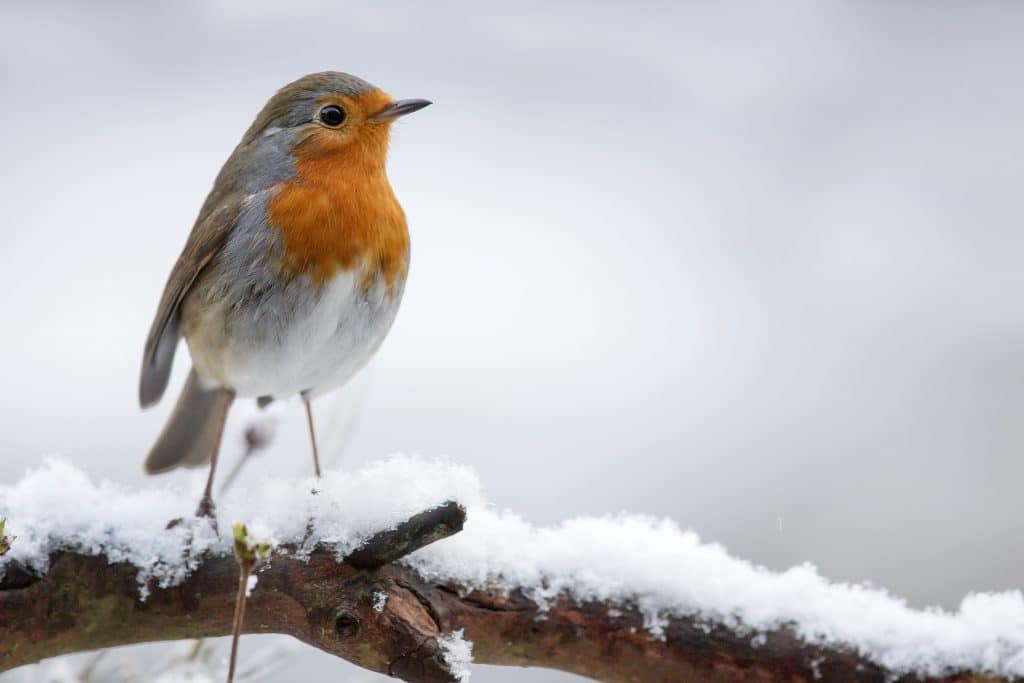
Robins, with their melodic songs and distinctive orange-red breasts, are delightful porch visitors, especially during the spring and summer. These birds are often drawn to porches surrounded by gardens and shrubs, as these environments provide a source of worms and insects, which are a staple of their diet.
Observing robins on your porch can be a rewarding experience as they hop about in search of food and sing their cheerful melodies. Their seasonal visits signal the arrival of warmer weather and the changing seasons, making them a cherished symbol of renewal and nature’s beauty right at your doorstep.
8. Hummingbirds
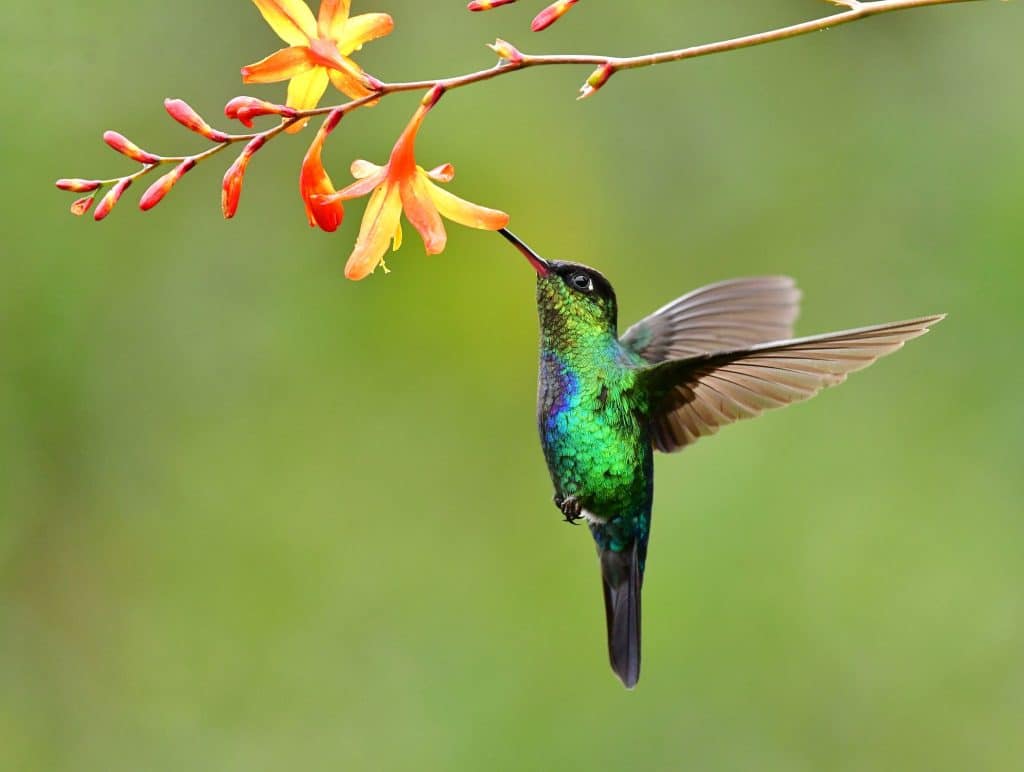
Hummingbirds, with their iridescent plumage and rapid, hovering flight, are a special and unique sight for anyone lucky enough to have them visit their porch. These tiny marvels are drawn to nectar feeders and abundant, colorful, nectar-rich flowers. By creating a hummingbird-friendly environment on your porch, you can attract these incredible birds during their migrations.
Watching these acrobatic fliers dart and sip nectar with their specialized tongues is a unique and mesmerizing experience. The presence of hummingbirds on your porch adds a touch of magic and wonder to your birdwatching moments, as they bring a burst of vibrant colors and a reminder of the beauty of the natural world.
Attracting Birds to Your Porch
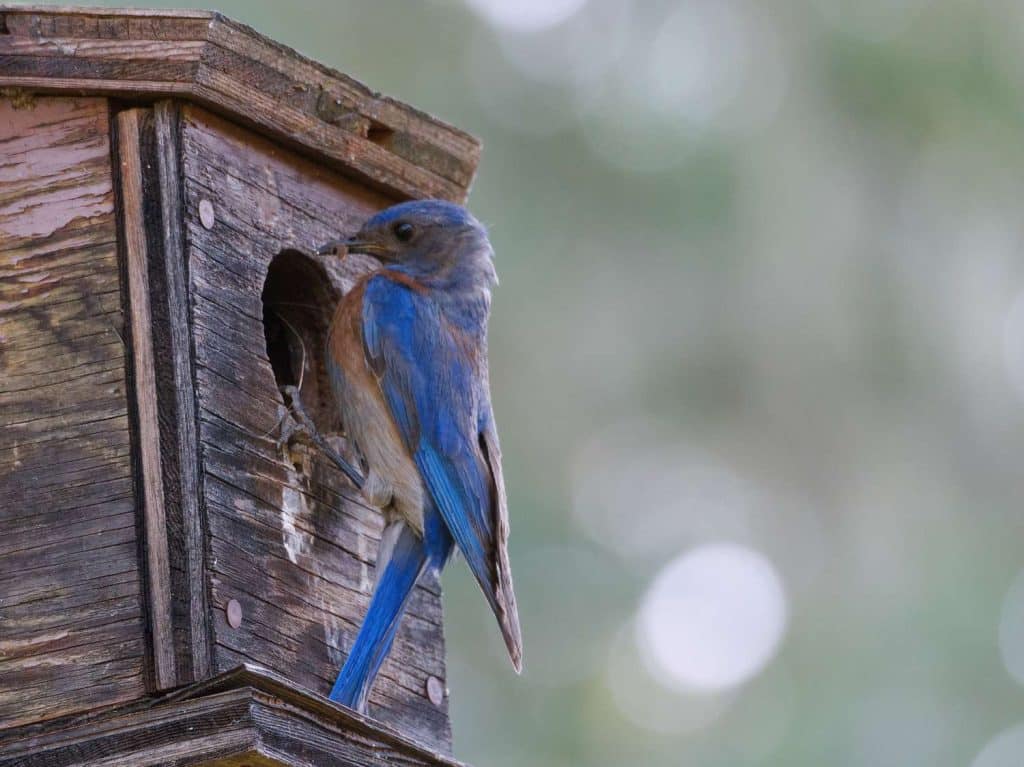
Sometimes, attracting birds to your porch can be very amusing. To attract a diverse array of bird species to your porch, consider implementing the following strategies.
- Set up a variety of bird feeders to offer different types of seeds, suet, and nectar.
- Birdbaths, fountains, or small ponds can provide birds with a water source and a place to bathe.
- Plant native flowers, shrubs, and trees that offer food and shelter for birds.
- Provide birdhouses or suitable nesting sites for cavity-nesting birds.
- Keep your porch area clean, as birds are likelier to visit areas free from debris and clutter.
- Birdwatching can be a waiting game, so arm yourself with patience and enjoy the beauty of nature.
How are Birds Beneficial to Your Yard?
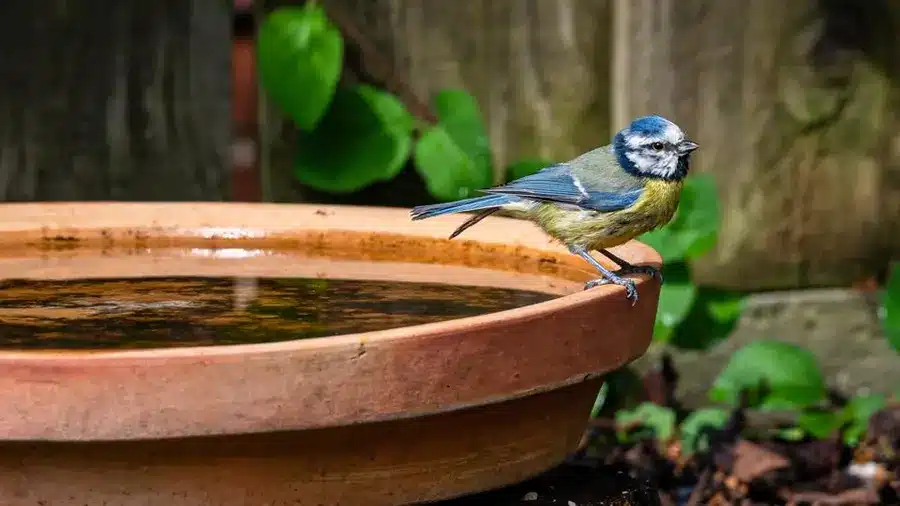
Birds are more than just lovely visitors to your yard; they are crucial in maintaining a healthy and balanced ecosystem. Their presence offers various benefits that extend beyond their beauty and melodic songs. Below are some major contributions of birds to your yard.
1. Natural Pest Control
Birds are natural insect and pest controllers. Many bird species, including swallows, wrens, and chickadees, feed on a wide range of insects, helping to keep pest populations in check. By welcoming these feathered friends to your yard, you can reduce the need for chemical pesticides, creating a healthier and more eco-friendly environment.
2. Pollination
Birds, particularly hummingbirds, play a vital role in pollination. Their visits to flowers for nectar transfer pollen from one flower to another, aiding in the reproduction of various plant species. This process is essential for producing fruits, vegetables, and flowers in your garden.
3. Seed Dispersal
Birds help disperse seeds across your yard and surrounding areas. When they consume fruits, berries, and seeds, they may carry them to different locations, contributing to the natural regeneration of plant species. This dispersal is crucial for maintaining biodiversity and ensuring the growth of various plants.
4. Soil Aeration
Ground-feeding birds, like sparrows and mourning doves, scratch and peck at the soil in search of insects and seeds. This behavior helps aerate the soil, improving its structure and allowing for better water absorption and root growth in your garden.
5. Natural Fertilization
Birds dropping are valuable fertilizers. They contain essential nutrients like nitrogen and phosphorus, which enrich the soil in your yard, promoting plant growth and health. This nutrient cycle contributes to the vitality of your garden.
6. Weeding
Some birds, such as finches and sparrows, feed on weed seeds. Thus, this helps control weed growth in your yard, which reduces the need for manual weeding or chemical herbicides.
7. Ecological Balance
Birds help maintain the ecological balance by controlling the populations of certain pests and plant species. This, in turn, prevents the overgrowth of invasive plants and the spread of diseases carried by some insects.
8. Natural Beauty
Birds add to the visual appeal of your yard, enhancing its aesthetic value. The vibrant plumage and songs of various bird species can transform your outdoor space into a serene and colorful sanctuary.
9. Stress Reduction
The sights and sounds of birds have a calming and stress-reducing effect on people. Watching birds in your yard can provide a sense of tranquility and connection to the natural world, contributing to your overall well-being.
What Causes Birds to Come to Your Porch?
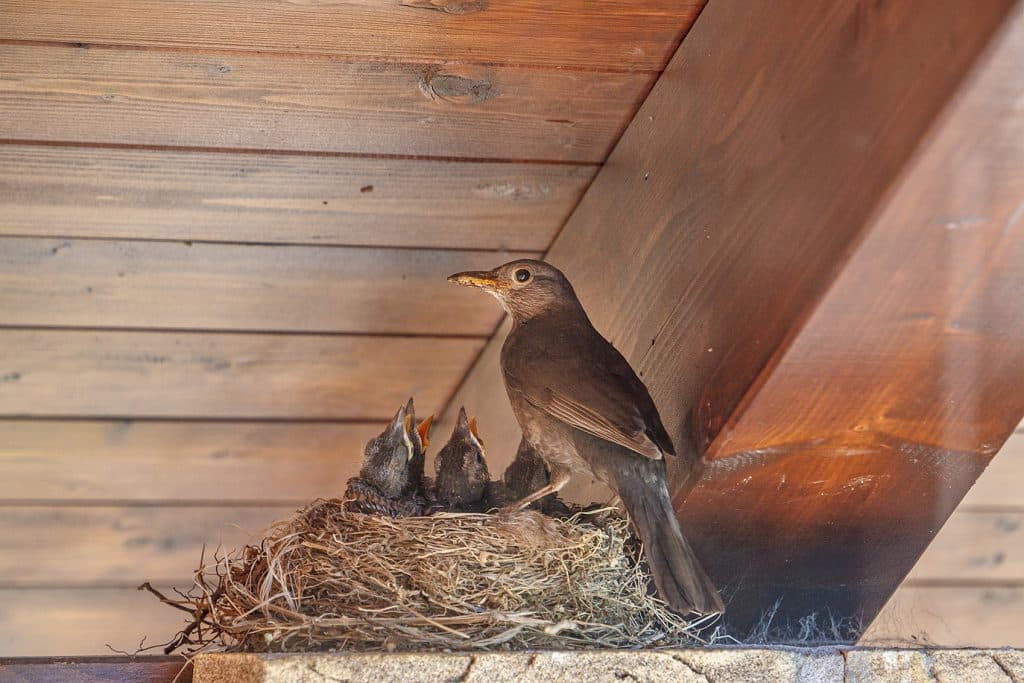
Several Factors can entice birds to visit a porch. Food is a primary motivator as bird feeders, water sources, and scattered seeds offer easy sources for birds to come to a porch.
Additionally, the surrounding environment plays a crucial role; porches with gardens, shrubs, and trees provide shelter and ideal bird habitats. The availability of nesting sites, especially in nooks, crannies, or hanging planters, can attract birds looking for safe places to raise their young. Seasonal variations also influence bird visits, as migratory birds often stop by during their journeys seeking food and rest.
Ultimately, combining food, shelter, water, and nesting opportunities creates a welcoming environment that encourages these delightful winged visitors to your porch.
How to Prevent Birds from Flocking to Your Porch
Preventing birds from flocking to your porch or finding the right answer to keeping birds away from your pool can be important to maintaining a clean and peaceful outdoor space. Thus, here are some tips and tricks to deter them without causing harm.
- Install bird netting, screens, or wire mesh around vulnerable areas to block access to nesting sites or feeding areas.
- Block off gaps, cracks, or openings where birds can enter or nest.
- Prune branches that provide easy access to your porch or are close to feeders.
- Adjust your bird feeder strategy. Use feeders with mechanisms that only dispense food when birds land on them, reducing waste and mess.
- Create bird-friendly areas away from the porch with bird baths, birdhouses, and feeding stations to divert them from your porch.
- Move bird feeders and water sources periodically to avoid habituation. Birds are less likely to become reliant on your porch as their sole food source if you change locations.
- Try non-toxic, bird-friendly repellents like sticky gels on problem areas to make perching or roosting uncomfortable without causing harm.
Always use safe methods to learn how to keep birds away. It is important to respect the birds’ well-being and role in the ecosystem while maintaining a clean and enjoyable outdoor space.
Conclusion
Keeping birds away without causing harm is both ethical and practical. Thus, people must understand the importance of birds in our ecosystem. However, sometimes, they can be the source of nuisance in our surroundings. Thus, in such situations, we must be patient and take steps to deter their effect.
To learn how to keep birds away, you need to follow the methods mentioned above. In such a way, you can protect your property, crops, and outdoor spaces from unwanted birds.
However, it would be best if you remembered that it’s essential to choose safe methods for birds and the environment, allowing you to peacefully coexist with these creatures while minimizing any disruptions they may cause.

